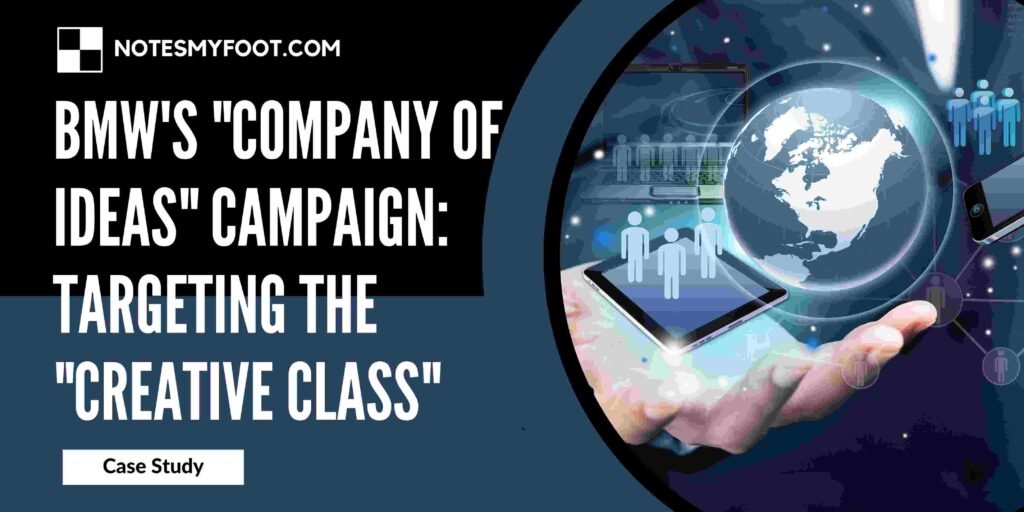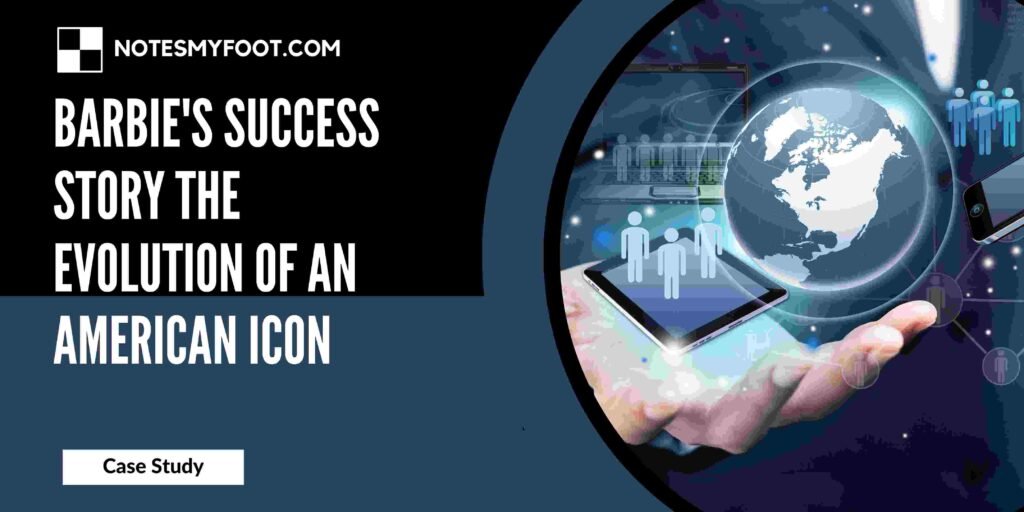
Case Study: Coca-Cola's Dasani in the UK - The Public Relations Fiasco
The case of Coca-Cola’s Dasani in the UK has become a prominent example of a public relations fiasco. This blog post will delve into the various aspects of the controversy surrounding Dasani, examining the recall, the background, the fiasco itself, the controversy, and the aftermath. By analyzing how Coca-Cola handled the Dasani crisis, we can draw valuable lessons in crisis management and understand the importance of advance planning and preparation
Section 1: The Recall
The Dasani recall marked the beginning of the crisis. It was triggered by the discovery of bromate, a potentially harmful substance, in Dasani bottles. This section will explore the reasons behind the recall and highlight the immediate impact it had on Coca-Cola’s reputation.
Section 2: Background Note
Understanding the background of Dasani’s introduction in the UK provides crucial context for comprehending the subsequent events. This section will shed light on Coca-Cola’s decision to launch Dasani in the UK, the marketing strategies employed, and the initial reception of the product.
Section 3: The Fiasco
The fiasco itself unfolded as media scrutiny intensified. From allegations of misleading labeling to concerns over the source of Dasani’s water, this section will delve into the series of events that caused the crisis to escalate. It will also examine how Coca-Cola’s initial response exacerbated the situation and fueled public outrage.
Section 4: The Controversy
In this section, we will explore the underlying controversies that emerged during the Dasani crisis. Issues such as environmental concerns, the commodification of water, and ethical considerations of bottled water consumption will be discussed. By examining these controversies, we can grasp the broader implications of the crisis beyond Coca-Cola’s specific product.
Section 5: The Aftermath
Conclusion:
The Dasani controversy serves as a cautionary tale for companies in crisis management. By appreciating the importance of developing a crisis management strategy, understanding the need for advance planning and preparation, and analyzing the way Coca-Cola handled the crisis, valuable lessons can be learned. The Dasani fiasco highlights the significance of transparency, ethical considerations, and effective communication in managing and mitigating public relations crises. Also got to know about the Maruti Suzuki’s Advertising Strategies: Driving Success in the Indian Passenger Car Industry









